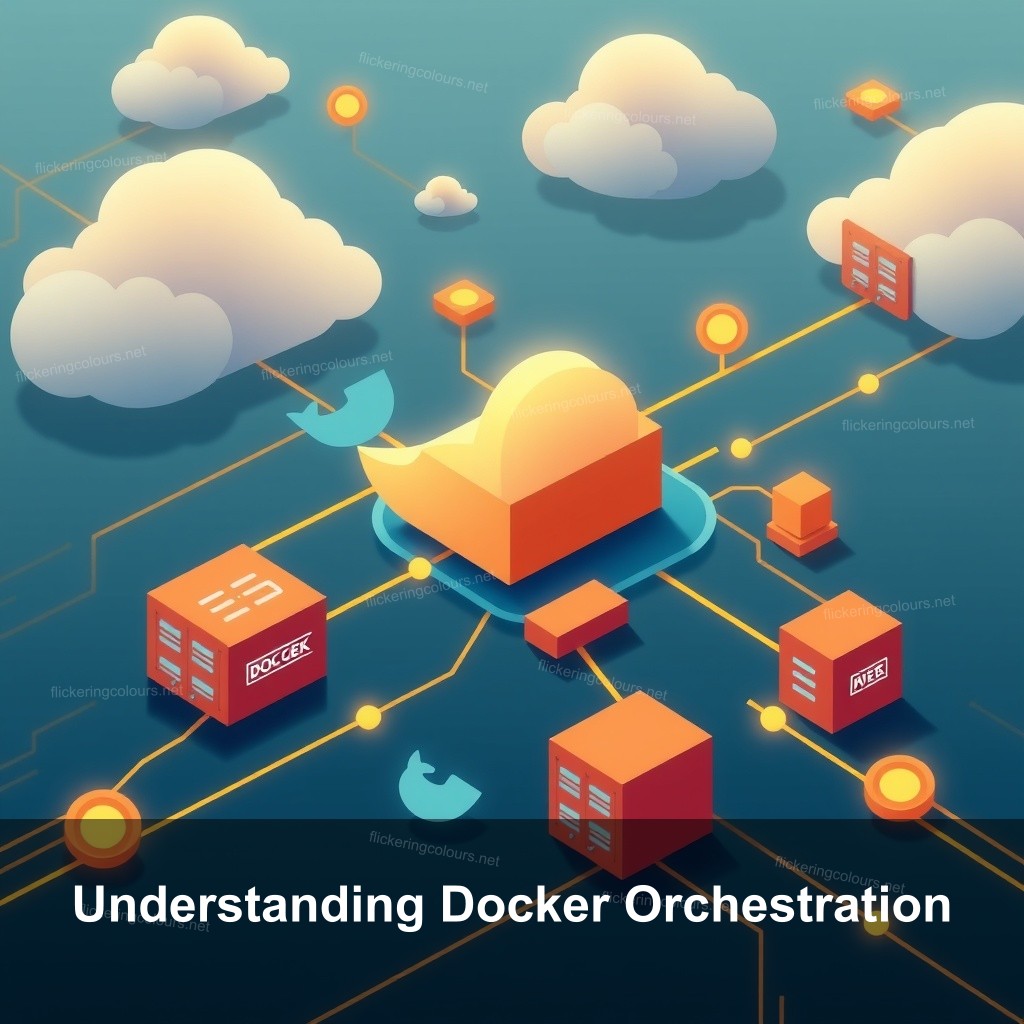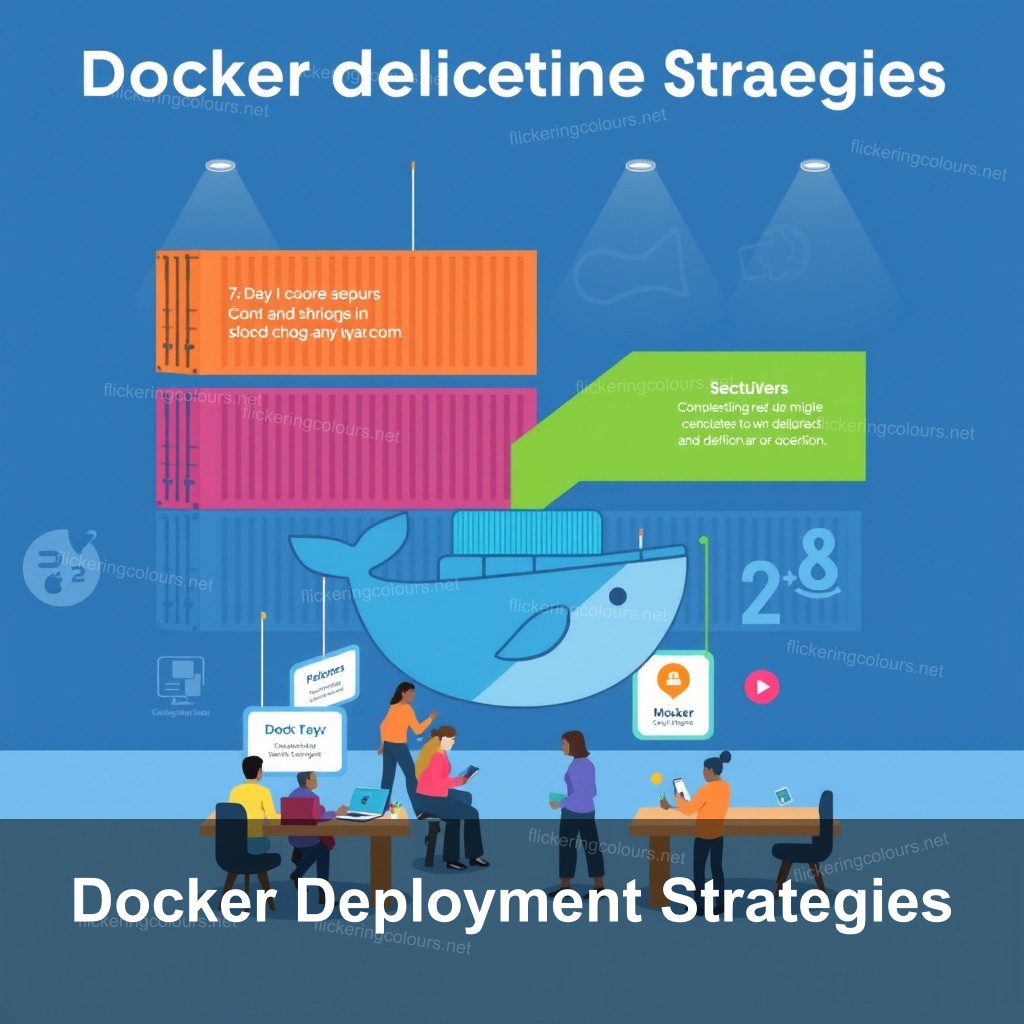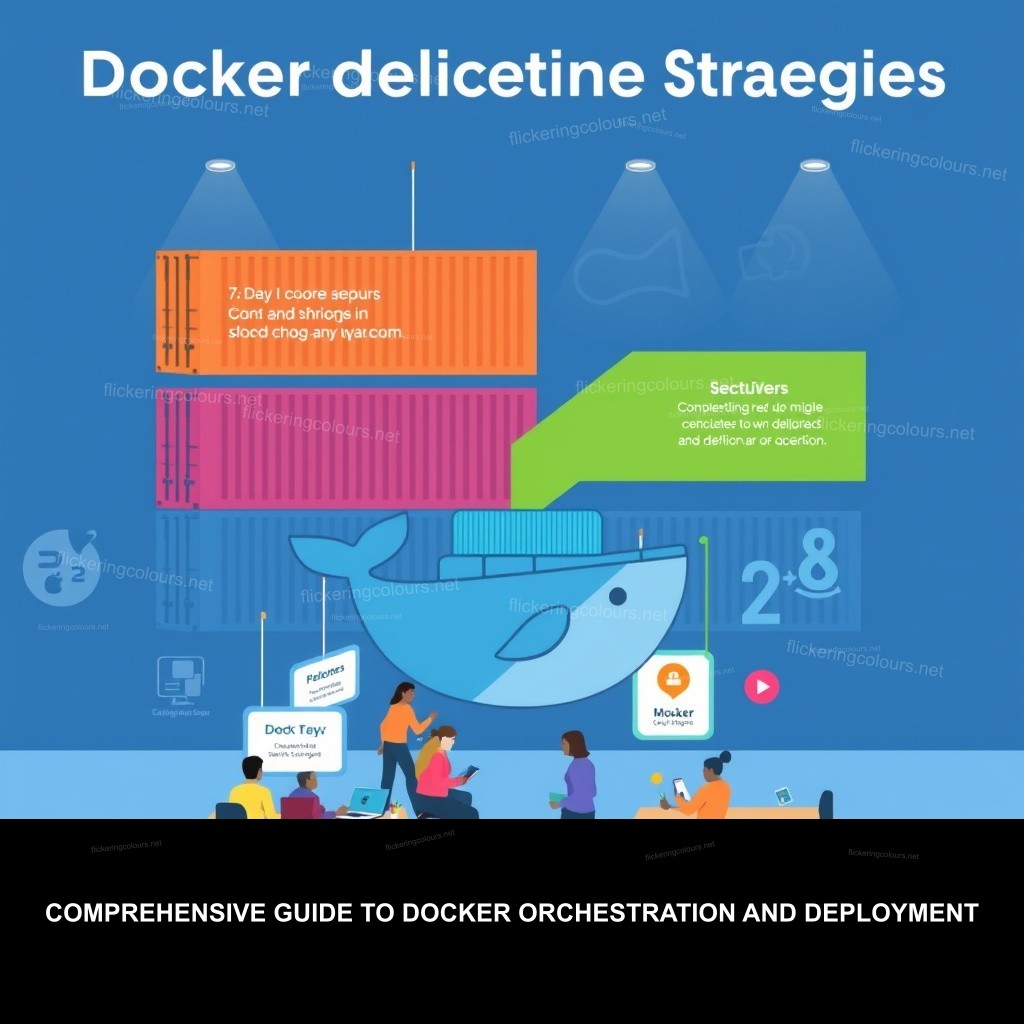Are you looking to optimize your container management process? At Flickering Colours Media, we understand how significant effective orchestration is for modern applications. This guide covers Docker orchestration and deployment, providing insights and actionable tips for both novices and seasoned professionals. You’ll discover best practices, tools, and strategies to improve your deployment processes.

Understanding Docker Orchestration
Docker orchestration automates the management of containerized applications, enabling efficient deployment and scaling. By managing multiple containers, orchestration simplifies operations, allowing developers to focus on application features rather than infrastructure.
What is Docker Orchestration?
Docker orchestration involves coordinating the deployment, maintenance, and scaling of application containers. This process is crucial for streamlining the operation of complex systems, ensuring that applications function reliably across various environments.
Benefits of Using Docker Orchestration
Utilizing orchestration improves application scalability and resource management. For instance, during peak usage times, orchestration adjusts the number of active containers based on the current demand, providing a seamless experience for users.
Key Tools for Docker Orchestration
| Tool | Description |
|---|---|
| Kubernetes | The leading orchestration tool, renowned for its scalability and robust community support. |
| Docker Swarm | A simpler option that integrates well with Docker, making it easy to manage container clusters. |
| OpenShift | Built on Kubernetes, it offers additional features for developers in enterprise environments. |

Docker Deployment Strategies
Choosing the right deployment strategy is essential for effective application management. Docker provides various methods, each suited to different scenarios.
Types of Deployment Strategies
Common deployment strategies include:
- Rolling Updates: Gradually replaces instances of the application, minimizing downtime.
- Blue-Green Deployments: Involves maintaining two identical environments, allowing an easy switch during updates.
- Canary Releases: Gradually rolls out changes to a small user base before a full-scale deployment.
Best Practices for Docker Deployment
Implementing best practices for deployment can enhance the effectiveness of your operations. Some key practices include:
- Version Control: Keep track of changes to your application to facilitate easy rollbacks.
- Monitoring: Utilize monitoring tools to track performance and quickly identify issues.
- Documentation: Maintain clear documentation of deployment processes and configurations.
Common Challenges in Deployment
Deployment can present various challenges, such as downtime and configuration errors. Understanding these challenges allows teams to implement preventative measures, such as automated testing and validation before deployment.
How to Use Docker with Kubernetes
Integrating Docker with Kubernetes provides a powerful solution for managing containerized applications.
Setting Up Docker with Kubernetes
Before integration, ensure you have the required tools installed:
- Docker
- Kubernetes (Minikube or a cloud-based service)
Installing these tools correctly sets the foundation for successful orchestration.
Step-by-Step Guide for Integration
Follow these steps to integrate Docker with Kubernetes:
- Install Docker and Kubernetes on your machine.
- Create a Kubernetes cluster using Minikube or a similar tool.
- Deploy your Docker containers into the Kubernetes cluster.
This approach allows you to leverage the strengths of both platforms effectively.
Troubleshooting Common Issues
When integrating Docker with Kubernetes, be prepared to troubleshoot potential issues such as networking problems or resource allocation errors. Familiarizing yourself with these issues can save time in the long run.
Understanding Docker Swarm
Docker Swarm is Docker’s native clustering tool, designed to simplify the management of multiple Docker containers across a network.
Introduction to Docker Swarm
Docker Swarm provides high availability and load balancing, making it an ideal choice for smaller applications or teams seeking operational simplicity.
Key Features of Docker Swarm
- Load Balancing: Automatically distributes incoming traffic to containers, ensuring efficient resource use.
- Service Discovery: Services can easily locate one another within the cluster.
- Scaling: Swarm can scale services up or down based on demand.
When to Use Docker Swarm vs Kubernetes
For projects that require quick set-up and simpler management, Docker Swarm is often a better choice. For larger applications that need extensive orchestration capabilities, Kubernetes is preferable.
Best Practices for Docker Orchestration
To maximize the effectiveness of your Docker orchestration, consider these best practices.
Optimizing Performance in Orchestration
Efficient resource management is key for high performance. Regularly monitor resource usage and adjust limits as necessary.
Securing Your Orchestration Environment
Implement security best practices, such as routine updates and vulnerability scans, to protect your containerized applications.
Maintenance and Updates
Regular maintenance of your orchestration tools is crucial. Keeping your software up to date helps prevent vulnerabilities and improves performance.
FAQ
What is Docker orchestration?
Docker orchestration automates the management of containerized applications, making deployment and scaling easier.
How do I deploy applications with Docker?
Deploying applications with Docker involves creating images and running containers, often using orchestration tools.
What are the benefits of using Kubernetes?
Kubernetes provides features like auto-scaling, self-healing, and efficient resource management for containerized applications.
What is the difference between Docker Swarm and Kubernetes?
Docker Swarm is simpler and suited for smaller applications, while Kubernetes is more powerful for complex applications requiring extensive orchestration.
How can I secure my Docker containers?
Regular updates, vulnerability scans, and implementing security best practices are essential for maintaining container security.
Conclusion
Utilizing Docker orchestration and deployment strategies is key for effective application management. By applying best practices and leveraging tools like Kubernetes and Docker Swarm, you can significantly improve your deployment processes. For further insightful content on container management, visit Flickering Colours Media.

Leave a Reply